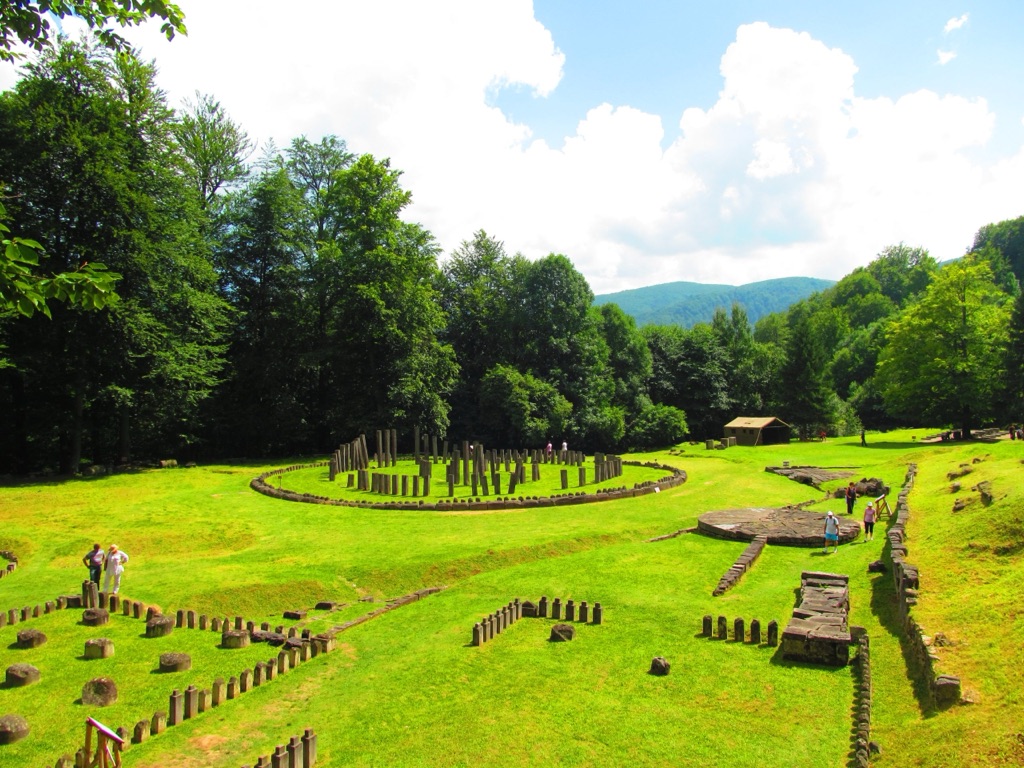Summary
The Ancient Capital of the Dacians
Sarmizegetusa Regia was the capital and the most important military, religious, and political center of the Dacian kingdom, predating the Roman conquest. Nestled in the towering peaks of the Orastie Mountains, this formidable fortress showcases advanced engineering and architectural skills of the Dacians. Its complex network of fortifications, sanctuaries, and residential areas paint a vivid picture of a rich and powerful society. Even today, visitors are drawn to the remaining stone structures that speak of a history steeped in mystery and prowess.
Get your dose of History via Email
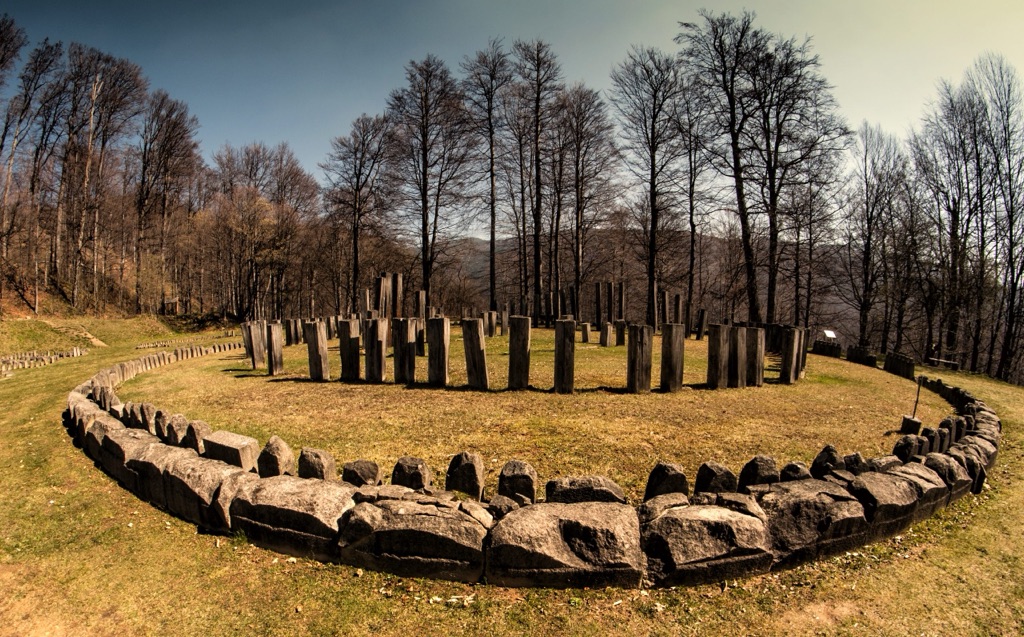
A Sacred and Astrological Site
Not only a political stronghold, Sarmizegetusa Regia also had significant spiritual and astronomical functions. It housed sanctuaries aligned with celestial bodies, revealing the Dacians’ sophisticated understanding of astronomy. One of the circular sanctuaries, thought to be a solar calendar, highlights the blend of practicality and spirituality that guided daily life. This sacred landscape, with its natural beauty and archaeological wonders, connects us to the ancients who once observed the stars from this very spot.
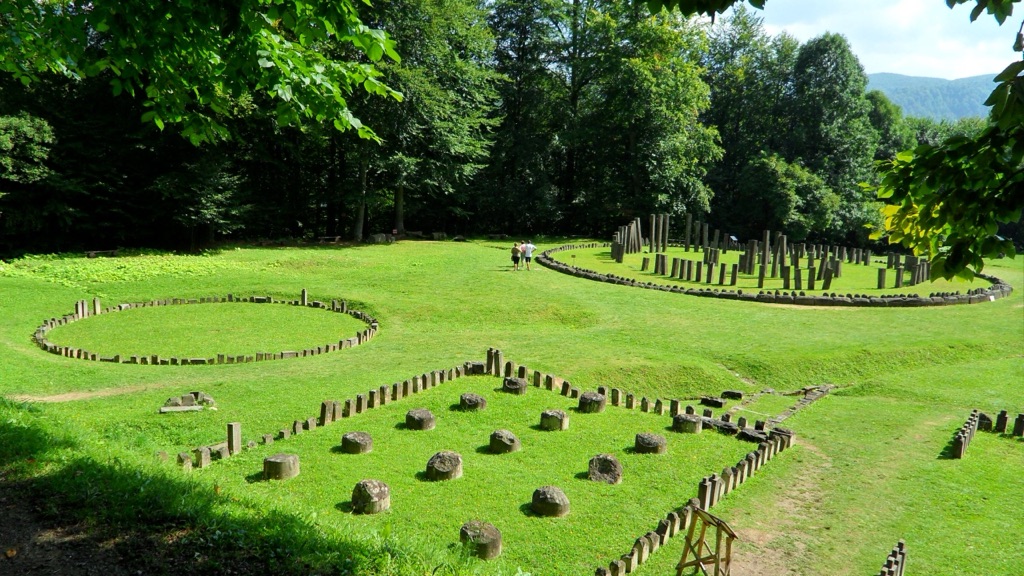
UNESCO World Heritage Status
In recognition of its historical value, Sarmizegetusa Regia stands among the UNESCO World Heritage Sites. This designation underscores the importance of preserving the site as a testament to Dacian culture and ingenuity. Efforts to conserve the ruins and educate the public about its significant past are ongoing. Enthusiasts and scholars alike delve into the mysteries of this ancient civilization by visiting Sarmizegetusa Regia, where history comes alive within its tranquil, forested realm.
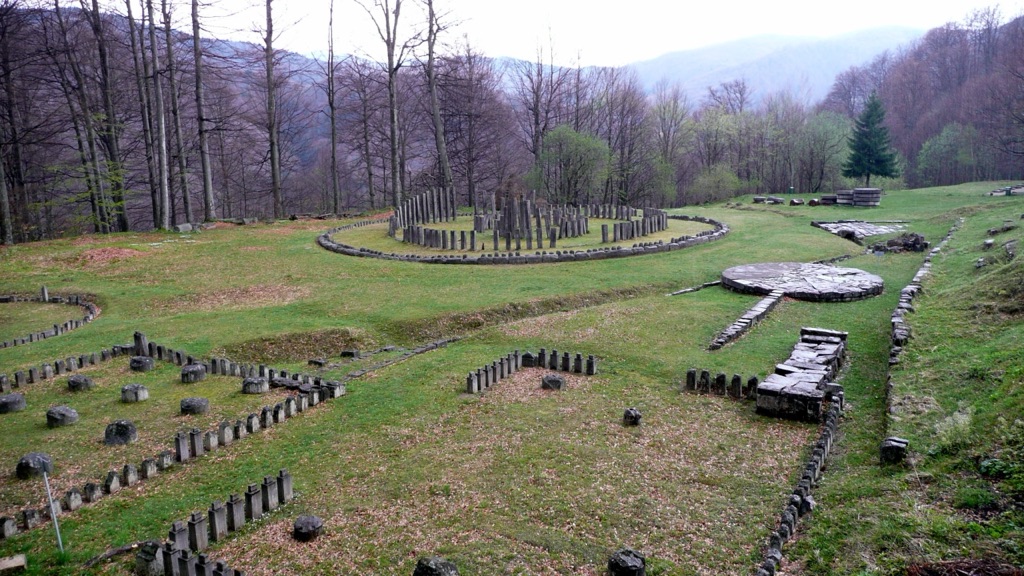
Historical Background of Sarmizegetusa Regia
The Capital of the Dacian Kingdom
Sarmizegetusa Regia holds a storied past as the capital of the Dacian kingdom, ones powerful and renown. Nestled in the verdant forests of the Orastie Mountains, it served as the heart of Dacian civilization until Roman conquest in the 2nd century AD. The ruins now provide key insights into the Dacian way of life, from their hierarchical society to their advancements in construction and spirituality. As visitors explore the site, they can almost hear the echo of history within the grand stone circles and battlements.
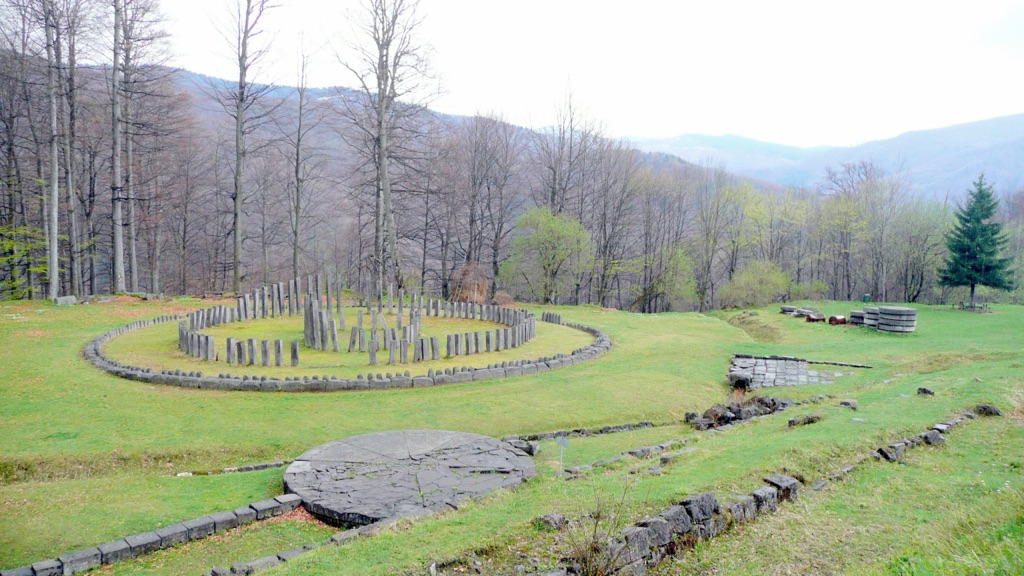
Architectural Mastery in Ancient Times
The remnants of Sarmizegetusa Regia demonstrate the Dacians’ architectural prowess. Its infrastructure, with perfectly cut stone blocks and complex multi-layered defense systems, reveals unmatched construction techniques for the time. These structures not only served as fortifications but also as symbols of power and sophistication. Moreover, the water supply systems and residential buildings suggest a society that highly valued organization and the wellbeing of its citizens.
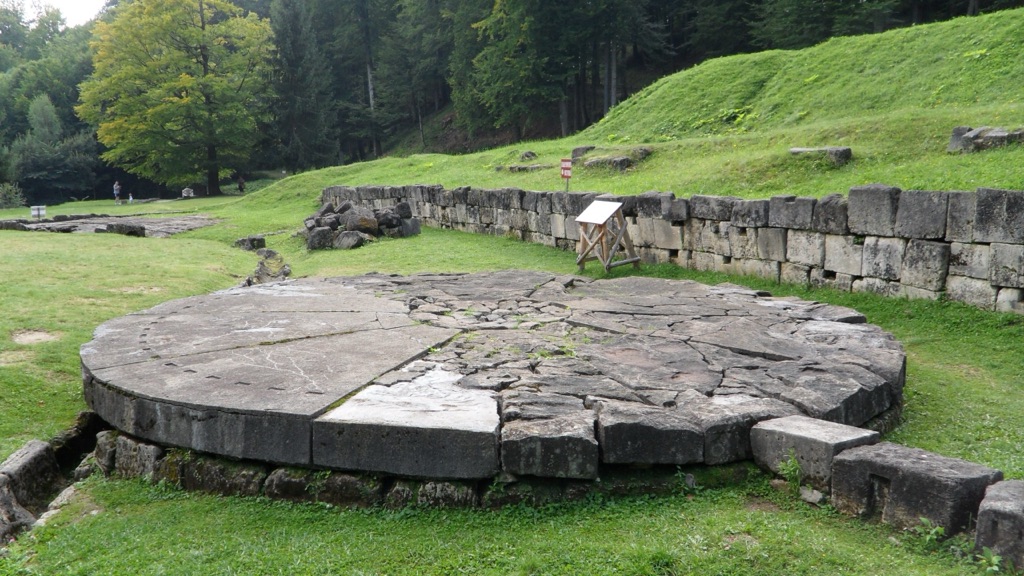
A Hub for Culture and Religion
Sarmizegetusa Regia was not merely a political stronghold; it was also a center for cultural and religious activity. Remnants of sanctuaries suggest that the Dacians had a pantheon of gods and partook in elaborate rituals. The care and detail with which these religious sites were constructed reflect the deep spiritual connection the ancients had with their deities. The site continues to attract scholars eager to uncover the mysteries of the Dacian spiritual world.
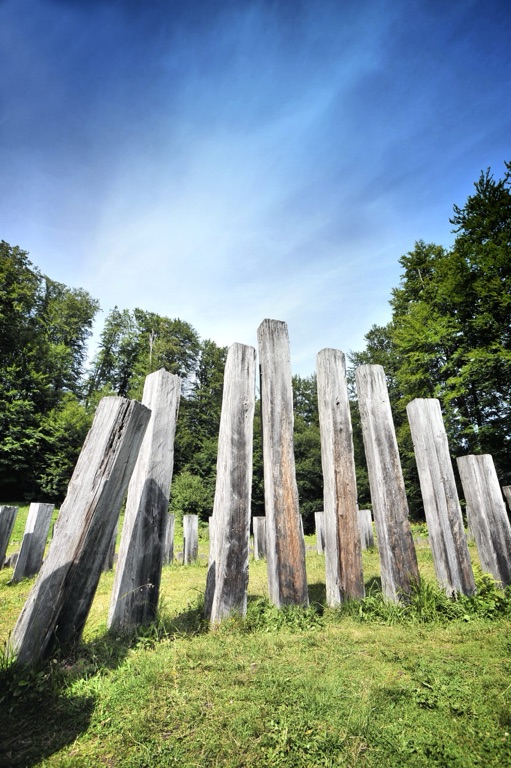
The influence of Sarmizegetusa Regia extended far beyond its walls. Its strategic location enabled control over trade routes and secured the kingdom’s wealth. This prosperity allowed the Dacians to flourish for centuries and compete with the strongest of ancient civilizations. And thus, the historical significance of the site cannot be overstated, as it was a beacon of power and culture that left a lasting legacy on the region.
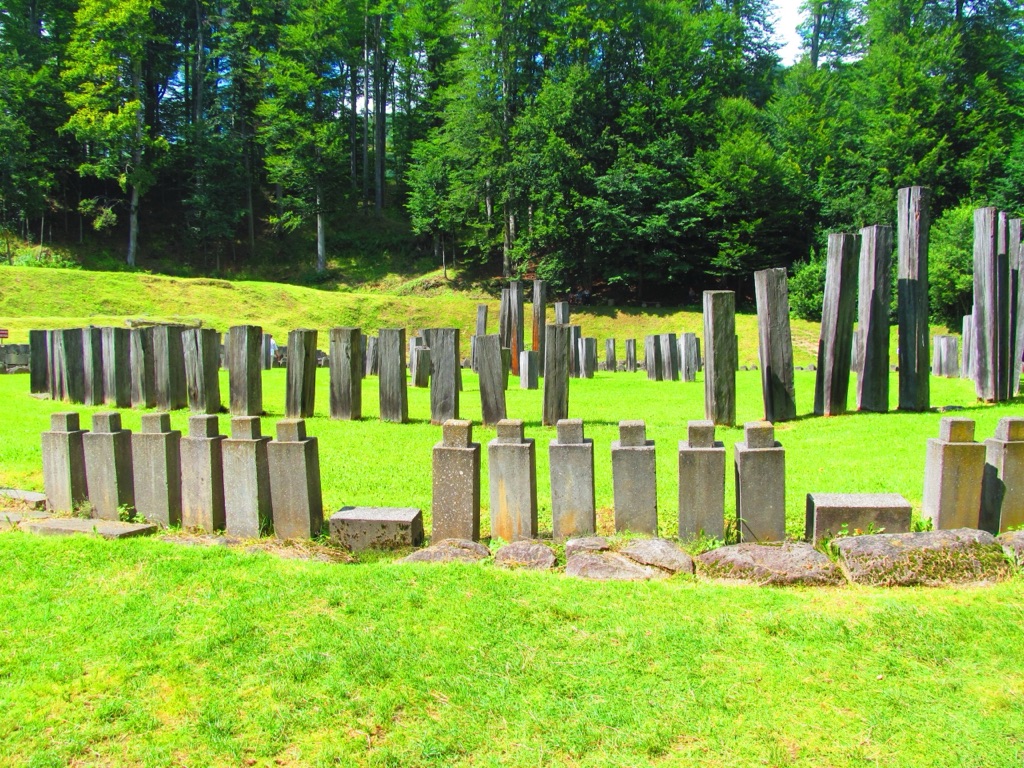
Today, the significance of Sarmizegetusa Regia is recognized worldwide, immortalized as a UNESCO World Heritage Site. This honor aids in the preservation and promotion of the majestic ruins. They draw history buffs and curious travelers alike, all eager to walk among the remnants of a once-great civilization and ponder the lives of those who built an empire in the midst of the wild, untamed landscapes of ancient Europe.
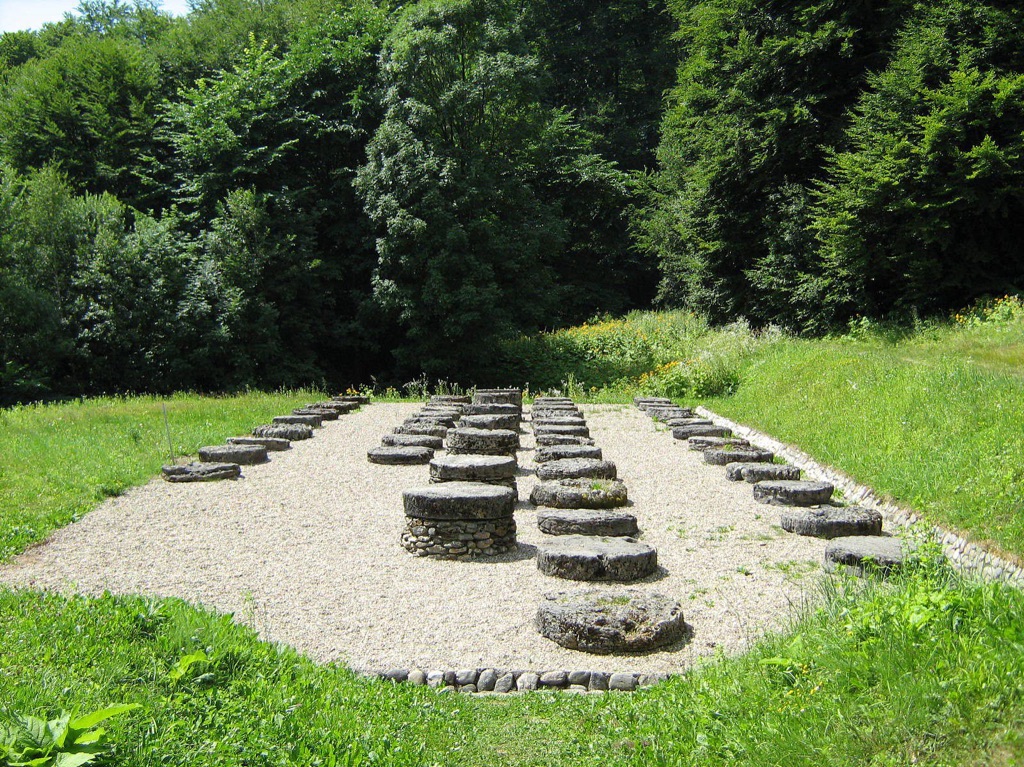
The Discovery of Sarmizegetusa Regia
Initial Findings and Early Excavations
Unveiling Sarmizegetusa Regia began in the 19th century when early archaeologists stumbled upon its remains. At first, it was the unique stone formations that caught their eye. They soon realized they had unearthed something monumental. Scrutinizing the site, the archaeologists uncovered fortifications and traces of Dacian civilization. These findings sparked interest, leading to more systematic excavations. Thanks to their dedication, we began to understand the grandeur of the Dacian’s capital.
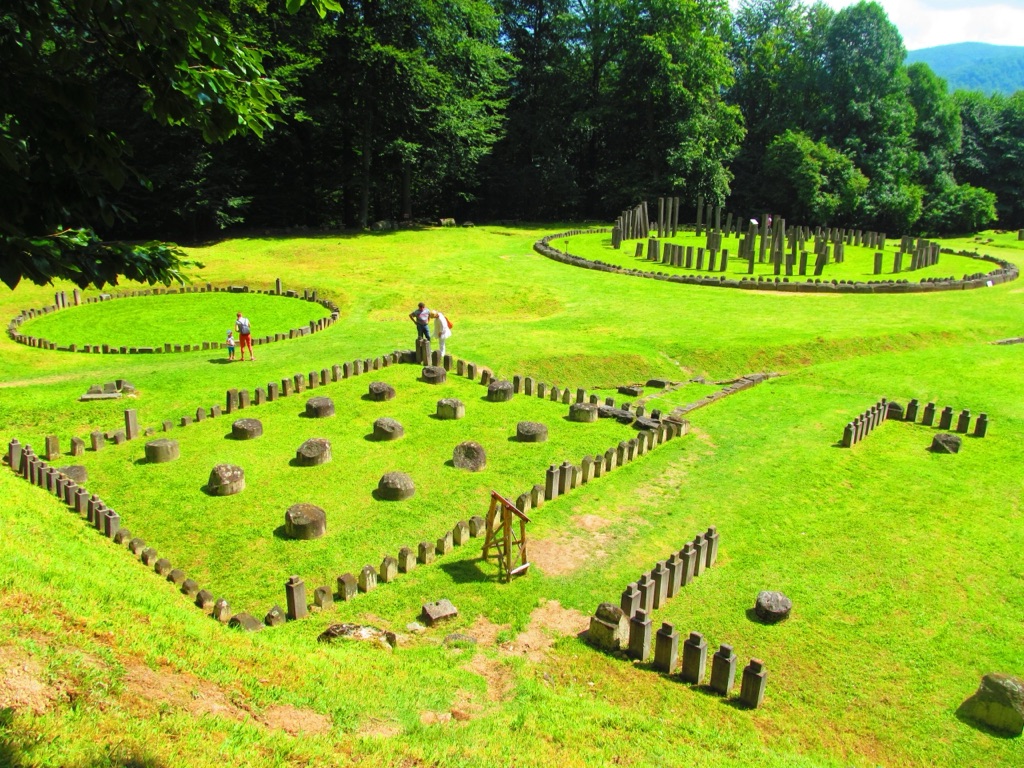
The Role of Romanian Scholars
Not long after, Romanian scholars took over the examination of Sarmizegetusa Regia. They explored the site with genuine curiosity and national pride. Their efforts in the early 20th century painted a clearer picture. They identified residential areas, defensive structures, and religious sanctuaries. The detailed records they kept have been invaluable to modern historians. These scholars truly laid the groundwork for all future research at the site.
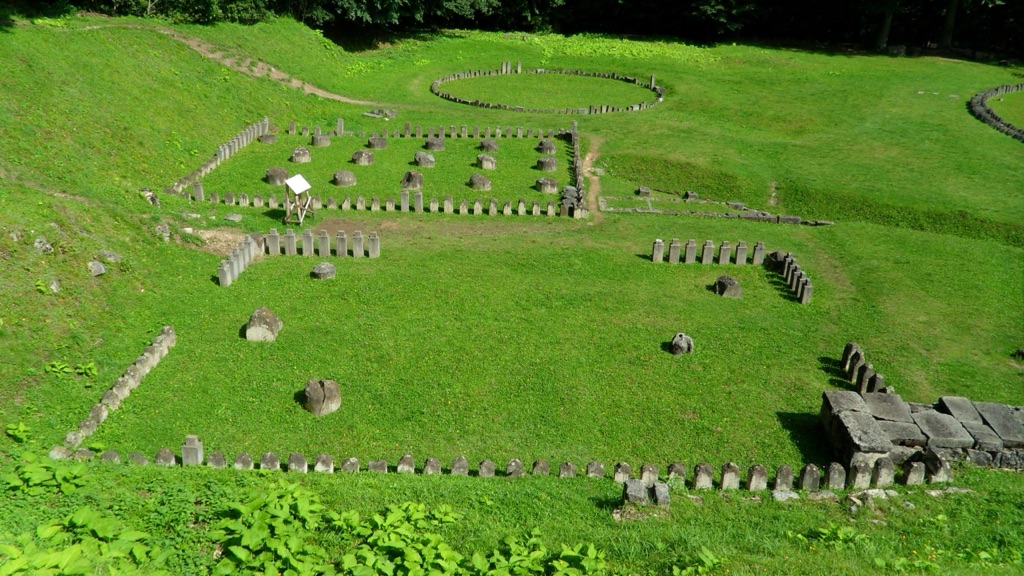
Advancements in Archaeological Techniques
As archaeology evolved, so did the exploration of Sarmizegetusa Regia. The introduction of improved excavation methods and technology in the late 20th century was a game-changer. Archaeologists began to uncover deeper layers of the site. This led to new and exciting discoveries about the Dacian way of life. Also, the use of aerial photography and ground-penetrating radar revealed the site’s full scale. It was far larger and more complex than initially thought.
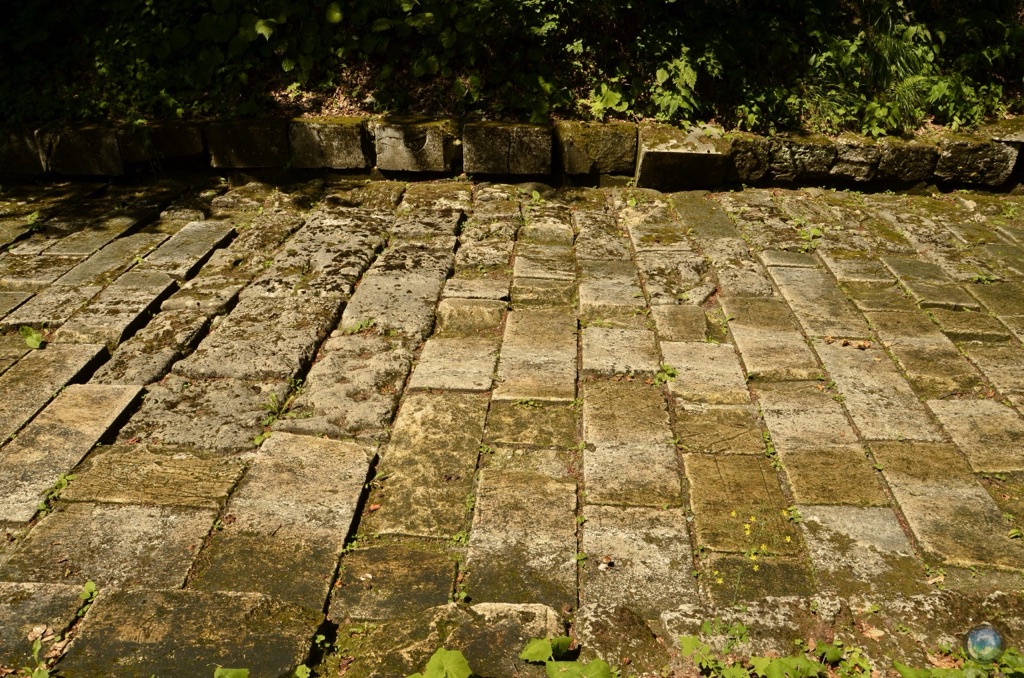
The modern awareness of Sarmizegetusa Regia’s significance can’t be understated. As more discoveries emerged, the site gained international recognition. Its inclusion as a UNESCO World Heritage Site in 1999 brought it further into the spotlight. This piqued global interest and provided more resources for research and conservation. Thus, it sealed the ancient city’s place on the world stage of historical treasures.

Today, Sarmizegetusa Regia continues to captivate researchers and tourists alike. The work to uncover its secrets is unending. As each stone is turned, more of its past comes to light. This ancient city, lost in time, now regales us with tales of ingenuity, spirituality, and resilience. And each year, these tales grow richer as the layers of history are peeled back to reveal more about the enigmatic Dacians.
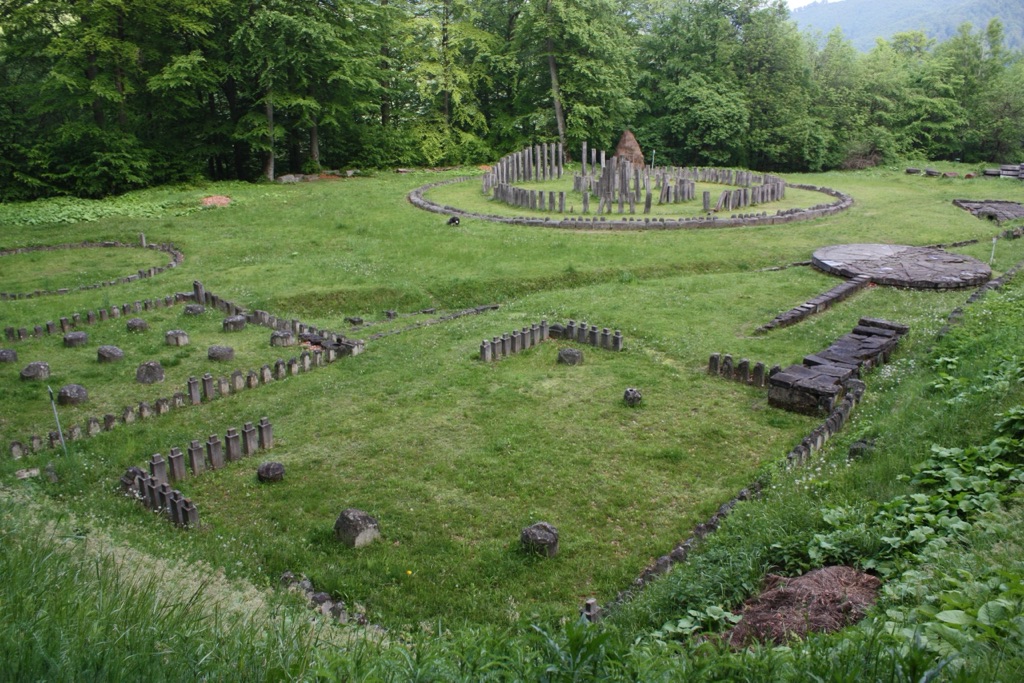
Cultural Significance, Dating methods, Theories and Interpretations
Dacian Spiritual and Political Influence
The cultural significance of Sarmizegetusa Regia is deeply rooted in its history as the Dacian Empire’s capital. The city served not just as a military fortification but also as a beacon of Dacian spiritual and political life. Sanctuaries and artifacts found on-site reflect a complex belief system and high societal values. These suggest that the Dacians were not merely warriors but also a community with rich cultural rituals and governance.
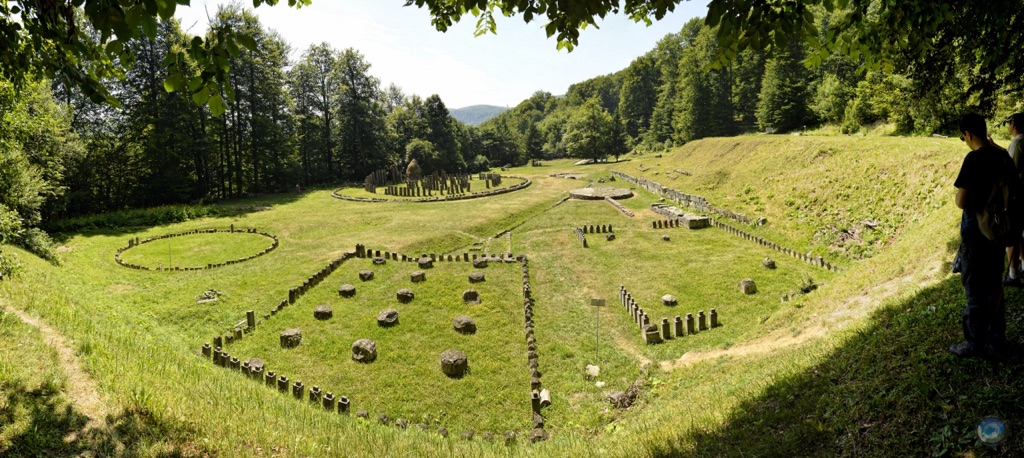
Innovative Dating Techniques
Understanding the timeline of Sarmizegetusa Regia has been made possible through innovative dating methods. Radiocarbon dating and dendrochronology have been particularly vital. They provide estimates of construction and habitation periods. These methods have helped to establish the chronological framework for the Dacian occupation. They also cast light on the era of Roman conquest and settlement.
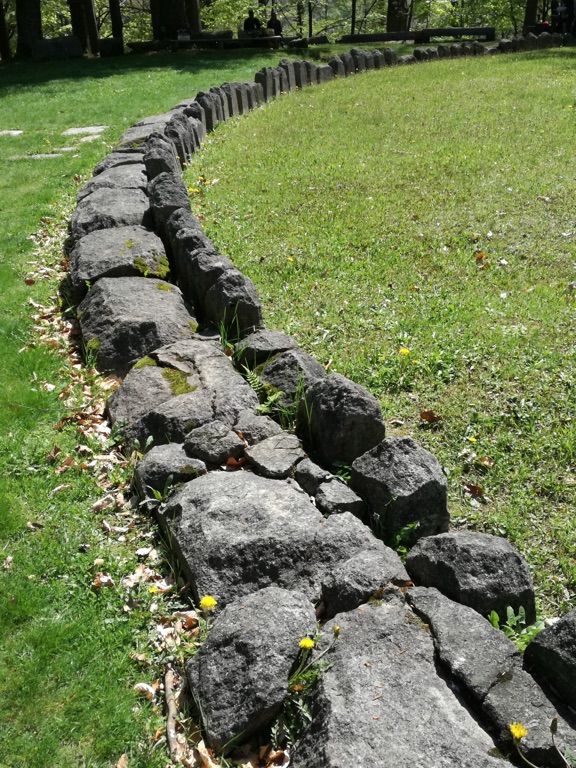
The Astronomical Theories
Several theories suggest that Sarmizegetusa Regia held astronomical significance. The layout of its sanctuaries, which align with solar and lunar cycles, points towards a sophisticated understanding of celestial patterns. Some historians even posit that these structures functioned as a calendar system. This system helped to schedule agricultural and religious events, showcasing a deep connection between the city’s architectural design and the natural world.
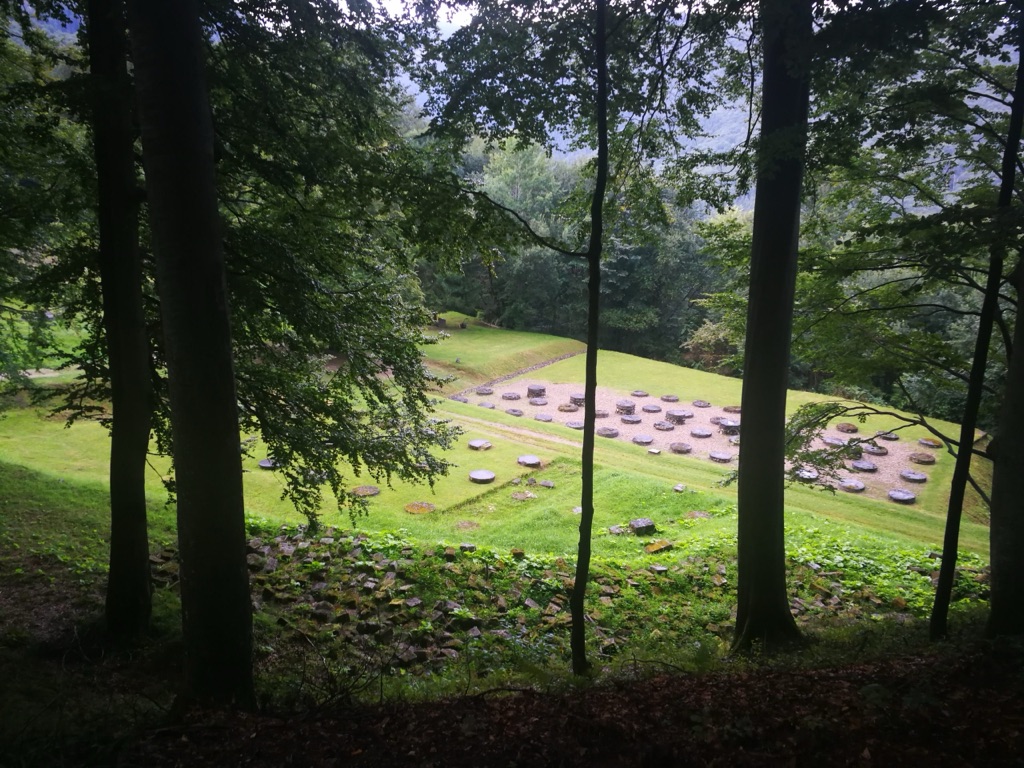
Theories about the fall of Sarmizegetusa Regia are as diverse as its history. Some believe that internal strife weakened the Dacian stronghold before the Roman invasion. Others argue that changes in trade routes and alliances led to its decline. Still, the interpretation of evidence from the site, such as weaponry and burned remnants, suggests a turbulent end likely due to conflict.
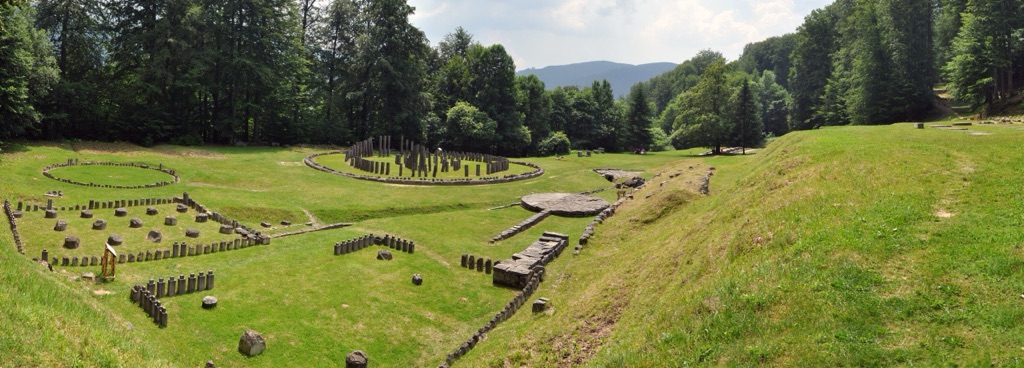
There is a range of interpretations regarding the societal structure of the Dacians based on the findings at Sarmizegetusa Regia. The complexity and scale of the site imply a well-organized society with advanced engineering skills. Further analysis of residential areas indicates a stratification within their community. This information challenges earlier notions of the Dacians as a simplistic warrior tribe and opens up new perspectives on their way of life.
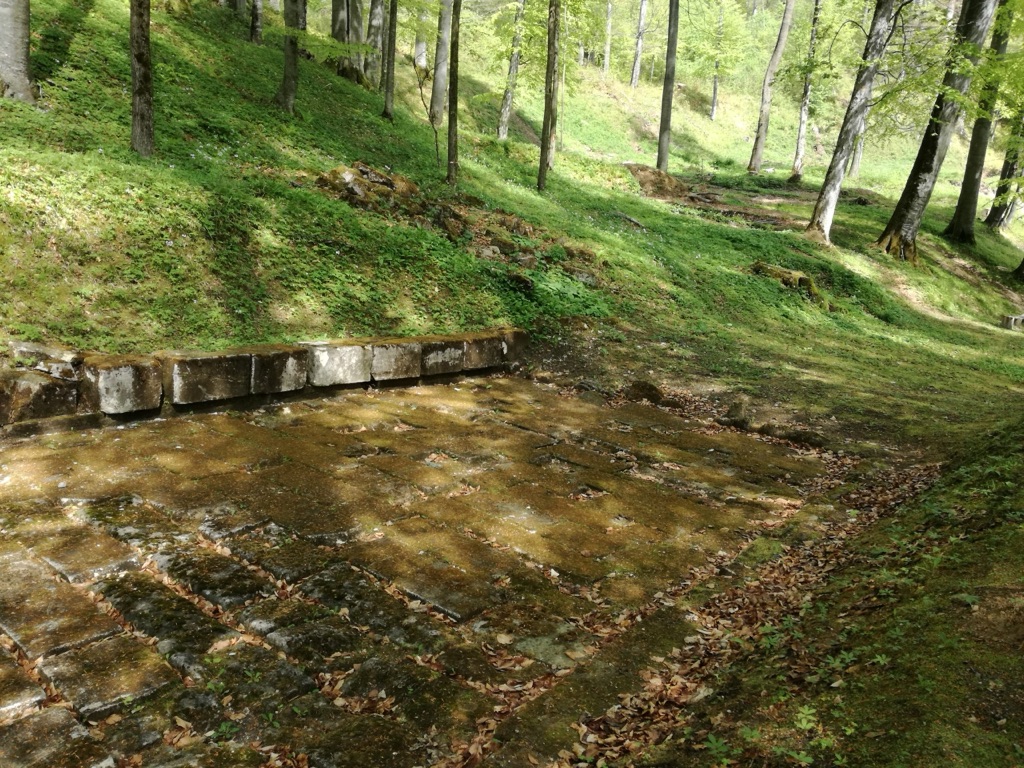
Conclusion and Sources
The exploration of Sarmizegetusa Regia has widened our understanding of the Dacians—a civilization marked by intricate cultural practices, sophisticated architectural knowledge, and strategic prowess. As the heartland of their empire, this historical site provides a window into the Dacian way of life and has rightly earned its place as a UNESCO World Heritage Site. The continued research and preservation efforts ensure that Sarmizegetusa Regia will captivate and educate future generations, keeping the legacy of the Dacians alive.
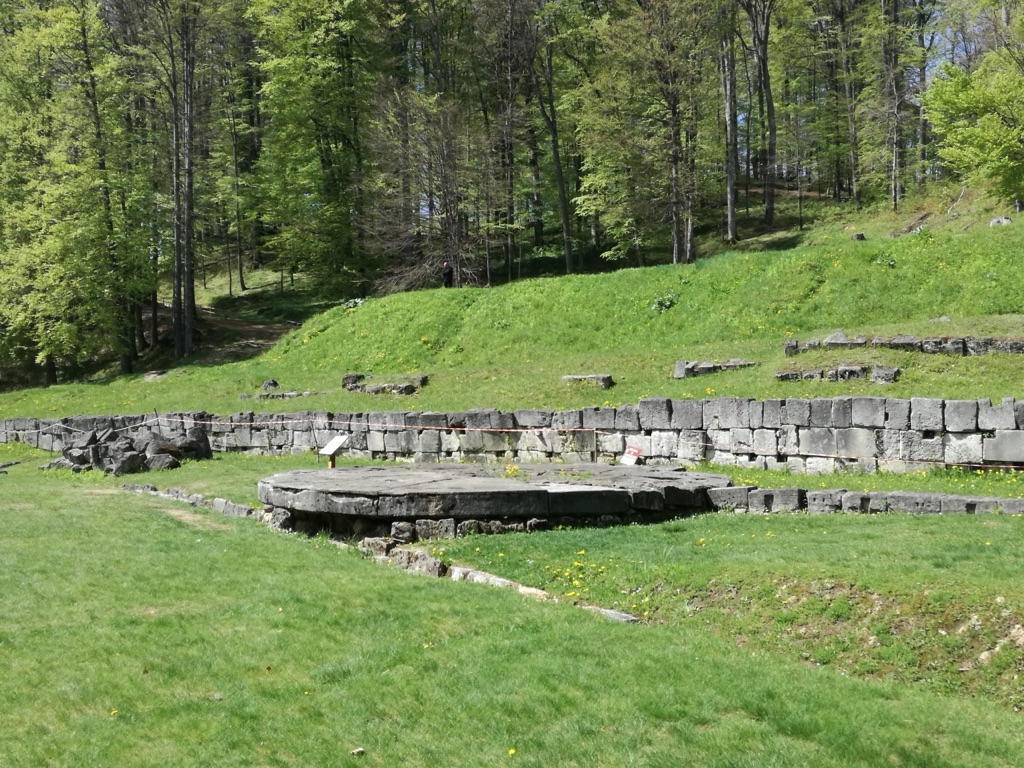
For further reading and to validate the information presented in this article, the following sources are recommended:
Or you can check any of these reputable archaeological and historical texts:
Alexandrescu, A. D. (1993). “Sarmizegetusa Regia: The Burebista Fortress and its Sanctuaries”. Journal of Dacian Studies, 6, 20-30.
Comșa, E. (1985). “Radiocarbon Dating of Sarmizegetusa Structures”. Archaeological Radiocarbon, 27(2), 110-115.
Daco, L. M. (2001). “Astronomical Alignments in Ancient Dacia: The Sarmizegetusa Regia Enigma”. Sky and Culture Journal, 21-45.
Protase, D. (1976). “Sarmizegetusa: From Capital to Ruin”. Journal of Romanian History, 45(2), 101-112.
Tribunus, G. P. & Valerii, M. (2010). “Dacian-roman conflicts: The case for Sarmizegetusa’s fall”. Classical War Studies Review, 17(1), 50-68.

